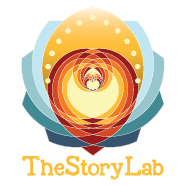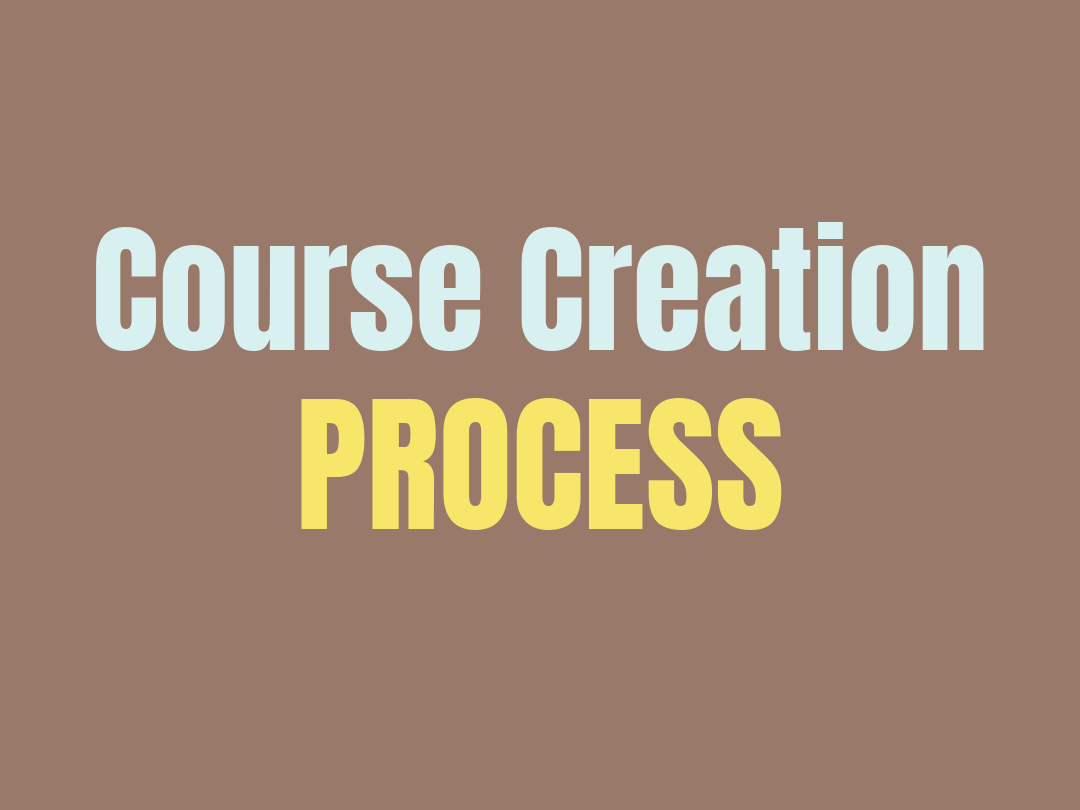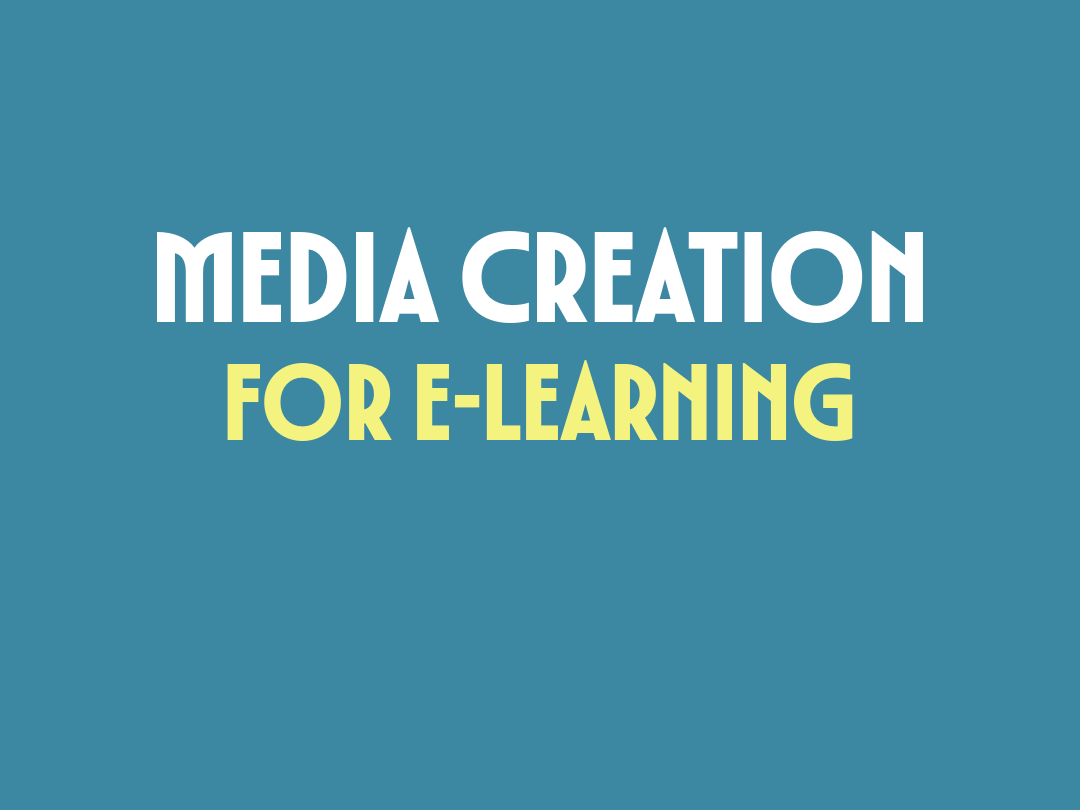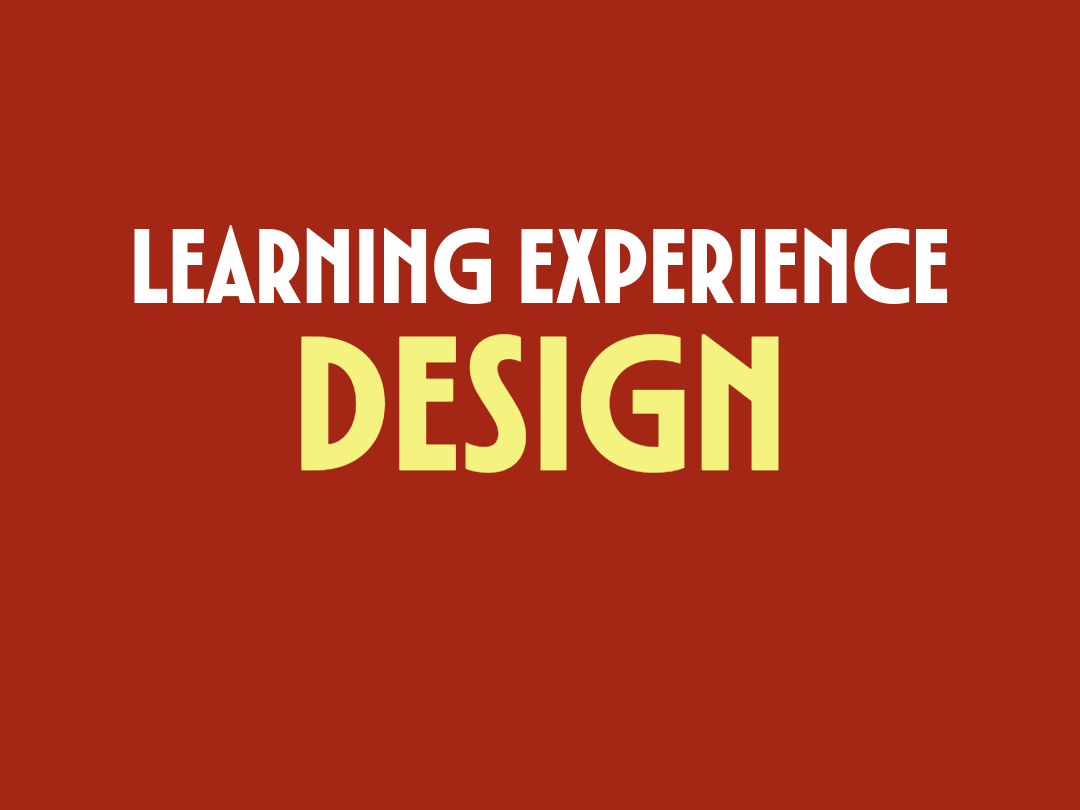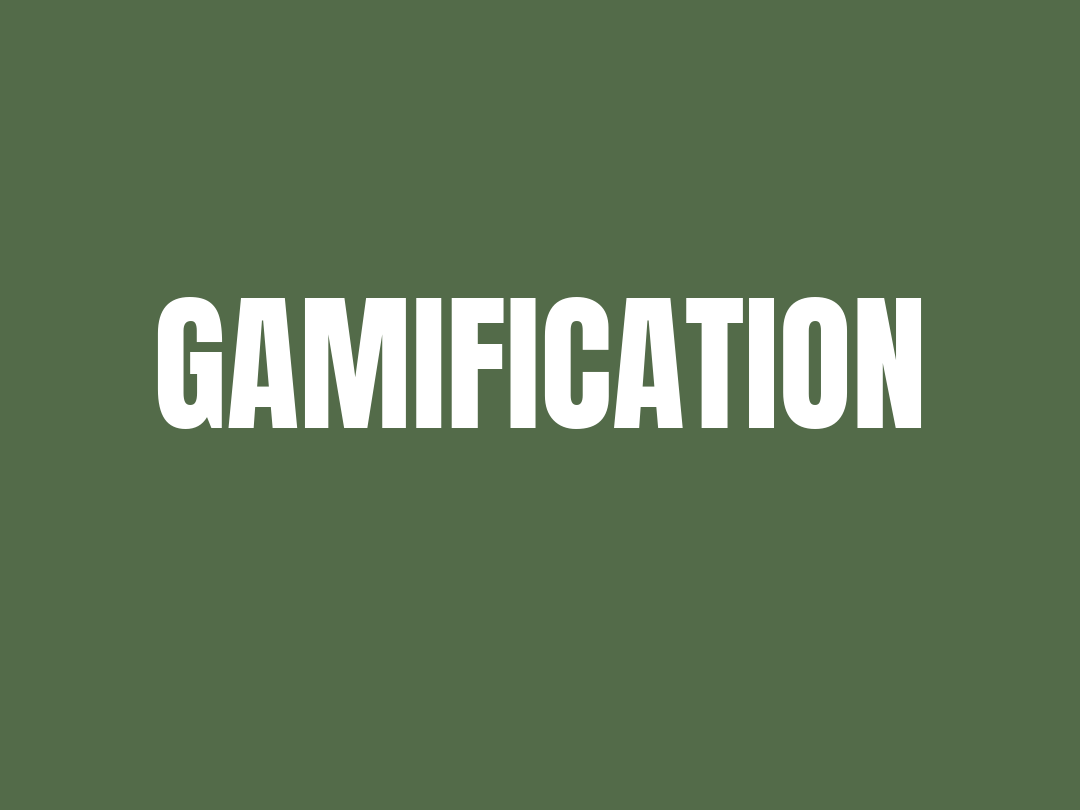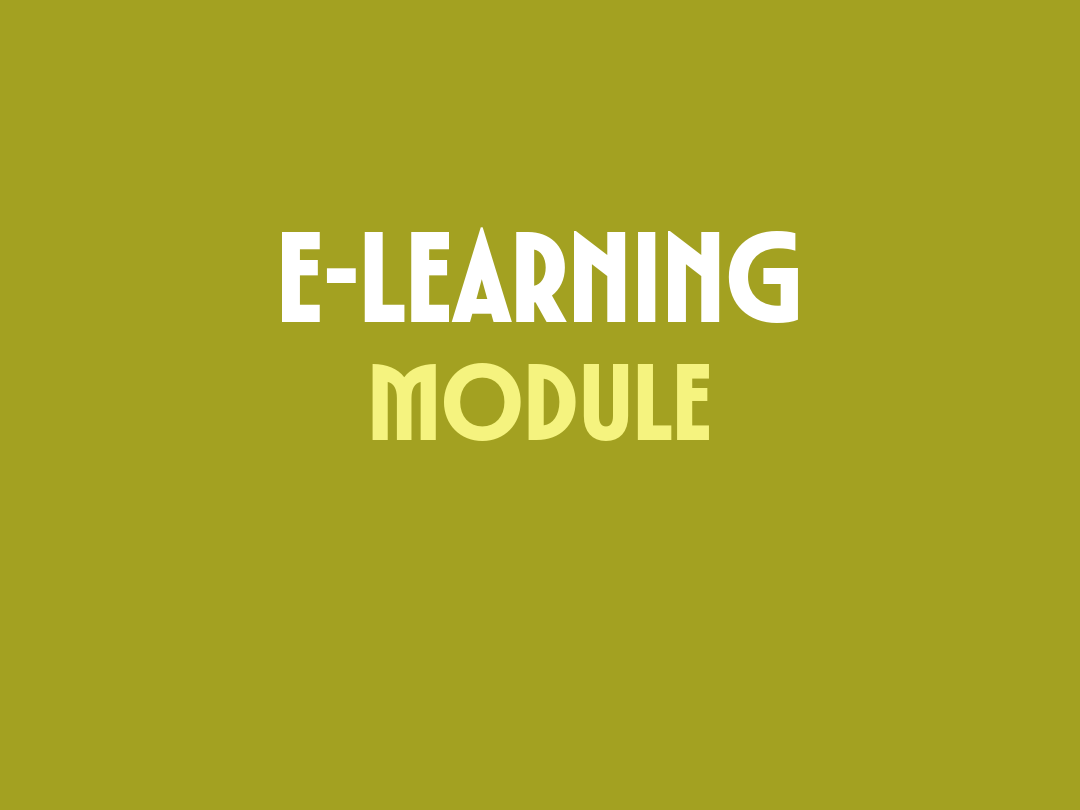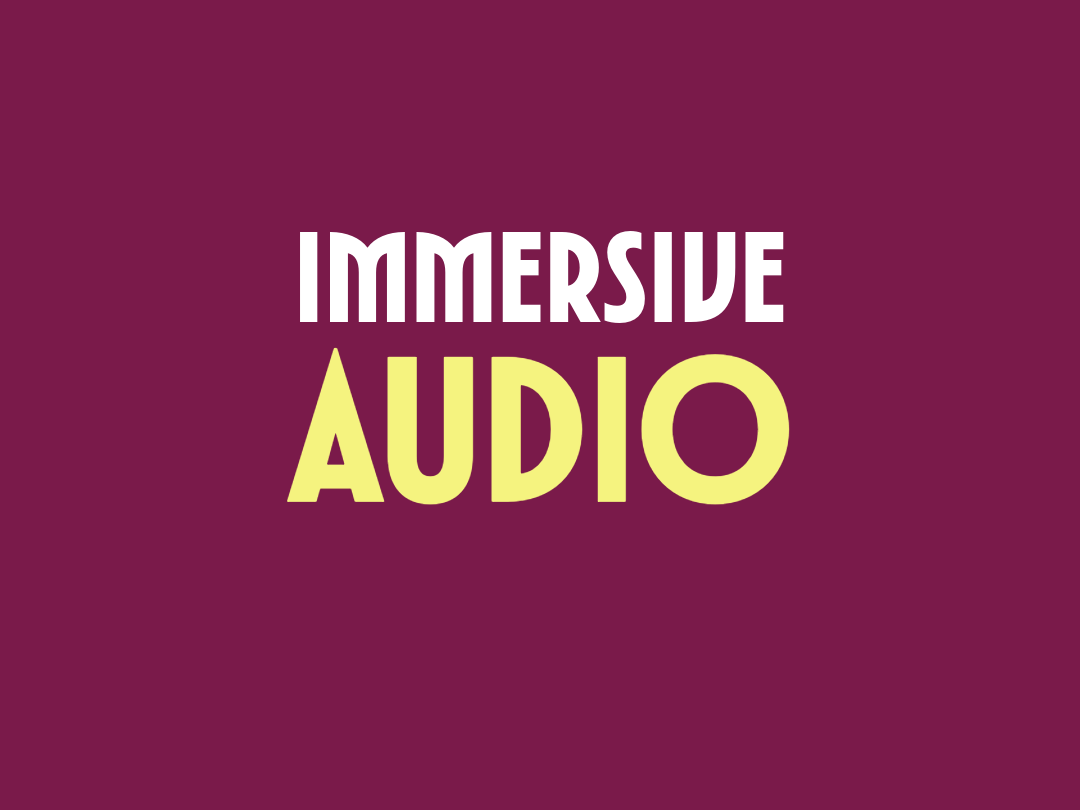Building Better Courses: Reflections on Working with Canvas and Moodle LMS
Designing a course involves much more than organizing content—it requires thoughtful planning, an understanding of learning design, and the right tools to bring it all together. In my recent instructional design work, I had the opportunity to explore and build within both Canvas and Moodle, two widely used Learning Management Systems (LMS). This experience gave me valuable insight into how each platform supports course creation and how choosing the right LMS can shape both the teaching and learning experience.
There are many LMS options available today, each designed to meet specific needs for educators, learners, and institutions. Canvas, for example, is known for its intuitive interface, flexibility, and ease of integration with multimedia content. It’s especially strong in environments that prioritize accessibility, mobile responsiveness, and streamlined course navigation. For instructors who want a clean and straightforward way to deliver engaging online courses without a steep learning curve, Canvas is often a preferred choice.
Moodle, by contrast, offers a high degree of customization and powerful features for data tracking, assessment, and adaptive learning. It’s open-source, which makes it attractive for institutions with development support or highly specific needs. However, its complexity can require more time and technical knowledge to fully harness its capabilities.
When building any course—regardless of the LMS—having a clear method, framework, and workflow is essential. These elements help organize the various moving parts: content, media, interaction, evaluation, and reflection. A strong design structure allows instructors to focus on what matters most: creating impactful and meaningful learning experiences.
The sample showcased here reflects some of the key milestones in the course-building process. It illustrates not only the technical steps involved but also the deeper pedagogical choices that guide how content is delivered and how students are supported throughout their journey.
In the end, choosing the right LMS isn’t about finding a perfect tool—it’s about matching platform strengths with your goals as an educator. Whether you favor Canvas for its simplicity or Moodle for its flexibility, the most important thing is crafting a course that supports deep engagement, learner growth, and a clear sense of purpose.
